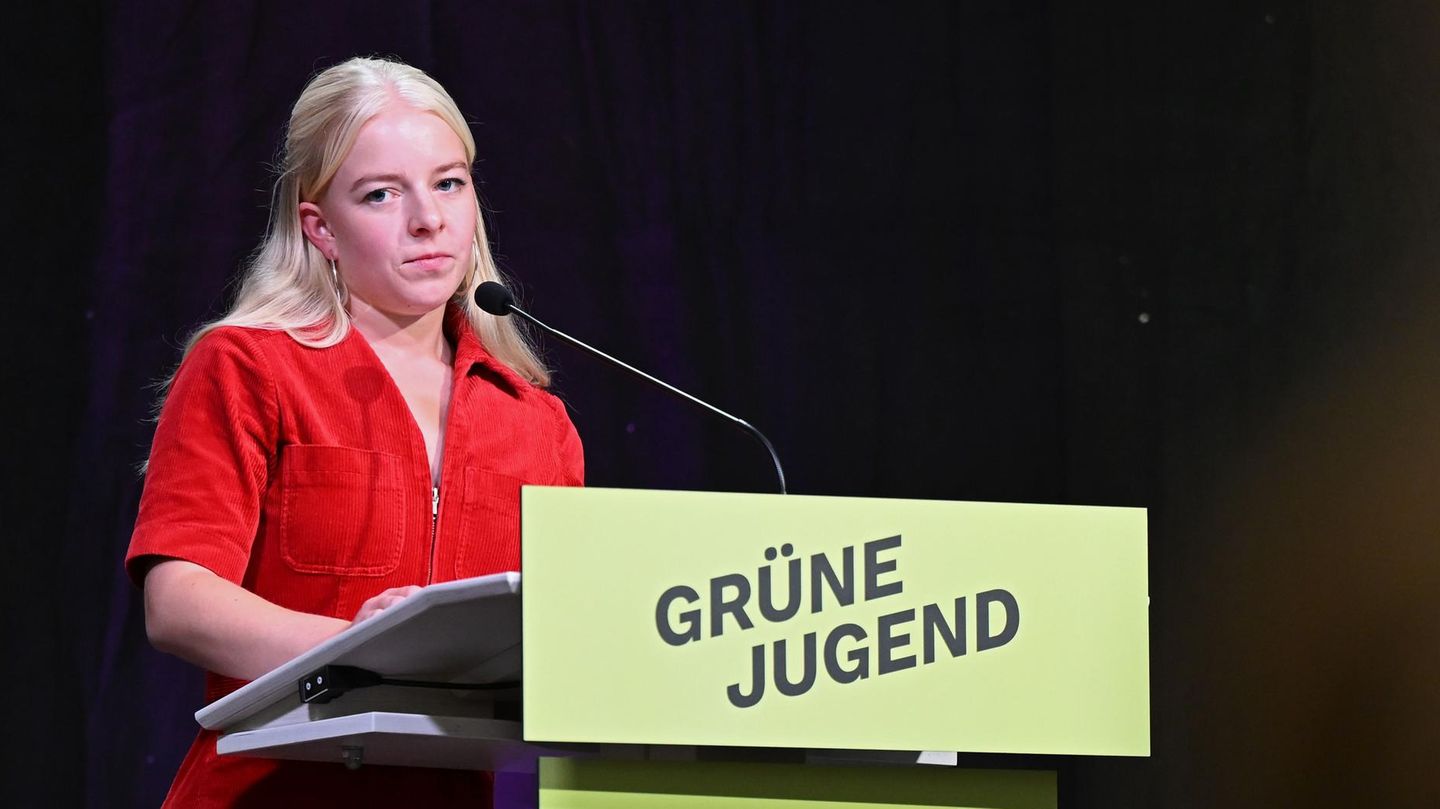At the professional level, Argentina, Brazil, Mexico, Chile, and Peru are below the regional average of 43.3%, and Colombia and Panama are above it. These data come from the Total Remuneration Survey TRS 2021 with more than 4,000 participating companies in 20 countries in the region.
To situate ourselves in the data, it is important to clarify that the gender wage gap is the percentage resulting from dividing two quantities: the difference between the salary of men and that of women, divided by the salary of men. What this indicator tries to do is show the differences in the perception of salary for the same job.
In this sense, in the private sector there were two improvements to highlight regarding the wage gap. At the executive level, there was an improvement in trend: in 2018, the gap was 7% and in 2021, it was reduced to 5%. At the professional level, the salary gap was reduced by 1p.p, going from 4% in 2018 to 3% in 2021.
But the most notable difference could be observed at the manager level: the salary gap in 2018 was 4% and in 2021 it was 6% according to Mercer.
Graphic LATAM participation 2 (1).jpg
Which sectors incorporated more women in executive positions
When comparing the year 2021 with 2018, it is observed that the High tech sector is the one that incorporated the most women with an increase of 138%, followed by Life Sciences (76%), Energy (67%) and other sectors such as Agro , Consumption, Media and Insurance (together 42%).
Continuing with the comparison of the year 2021 with 2018, in the High Tech sector the incorporation of women in management positions grew 144% and 7% at the executive level. In turn, in the Energy sector, it grew by 11% at the managerial level and 100% at the executive level. For its part, in Life Sciences, the presence of women in management positions increased by 53% and in executive positions by 45%. Finally, in the Consumer and Insurance sectors analyzed together, the participation of women in executive positions grew by 44% and 26% in management positions.
women’s retirement
Women feel 16% more stressed than men when thinking about their financial situation and 32% of them are aware that they are not saving enough for their future retirement, according to the Healthy, Wealthy & Work-Wise study carried out worldwide. overall by Mercer.
There are 4 factors that negatively affect the ability of women to consolidate social security rights:
1) The lower level of female participation in the labor force with respect to males.
2) The considerable differences in remuneration between the genders.
3) The greater probability of a shorter or interrupted race.
4) The excessive presence of women in informal and vulnerable work.
Women face various problems: it is usual for them to contribute fewer years of service and for their contributions to be paid less than those of men, resulting in lower retirement benefits, and they will also receive them for a longer time, since their life expectancy is higher. All these aspects influence when talking about financial well-being and the different challenges that women must face to achieve it.
official data
Last year, in commemoration of the 110th International Women’s Day, INDEC published a report with different data that mark “the structural characteristics of gender gaps in our country.”
According to official data, “Despite reaching, on average, higher educational levels than men, women continue to show less participation in the labor market and, when they do, they are more prone to situations of hourly underemployment and unemployment”, highlights the official study, although it highlights the “important progress” that was made in the participation of women in the labor market since “in October 1996 the employment rate for women was 32.8%”, less than 39, 4% current.
“Women are inserted mainly in sectors linked to care. With a significant presence of informal employment and lower labor income, domestic service is the branch of occupation with the highest rate of feminization in Argentina”, states the INDEC study.
On the other hand, the manufacturing industry, storage transport and communications, as well as construction, are activities with a lower rate of female than average. Women also have less access than men to decision-making positions and have lower incomes. According to official data, only 4% of working women hold management or leadership positions, while among men the percentage is twice as high.
Finally, the INDEC study also notes that “women continue to assume most of the unpaid domestic and care work,” and indicates that “this is the main obstacle to their full labor participation.”
In Argentina, women dedicate, on average, twice as much to unpaid domestic work as men, so women have less time for their professional career or leisure.
Despite the progress that has been made in recent years, the discussion and the need for measures to improve the employment status of women continues to be one of the main demands. The fight for equality must take place in all areas.
Source: Ambito
David William is a talented author who has made a name for himself in the world of writing. He is a professional author who writes on a wide range of topics, from general interest to opinion news. David is currently working as a writer at 24 hours worlds where he brings his unique perspective and in-depth research to his articles, making them both informative and engaging.




